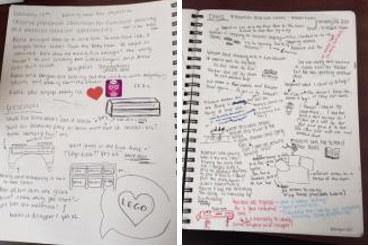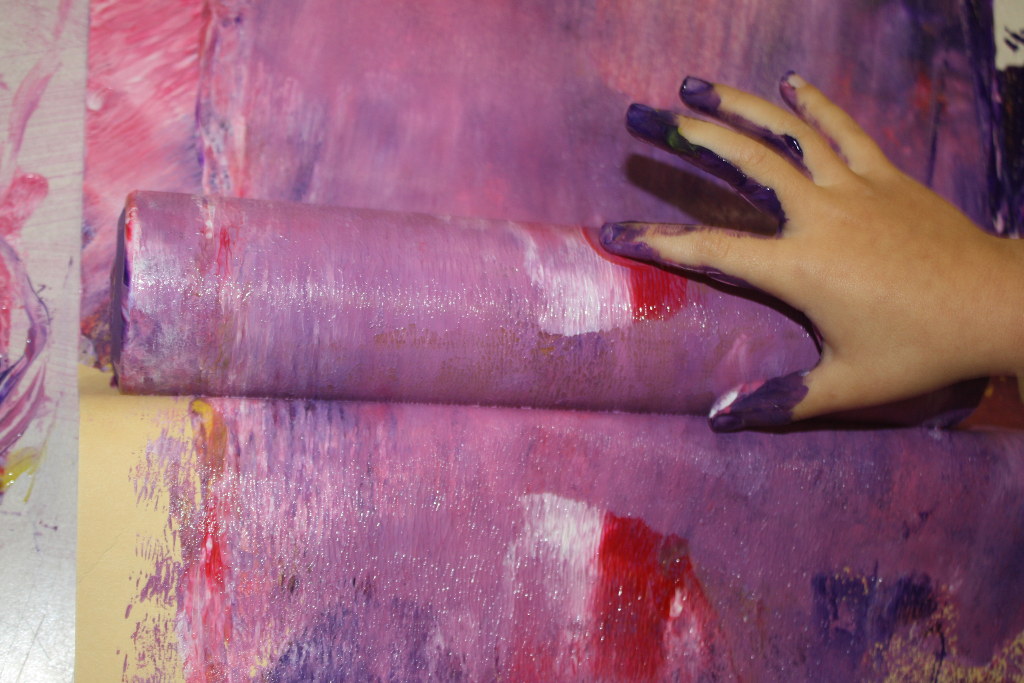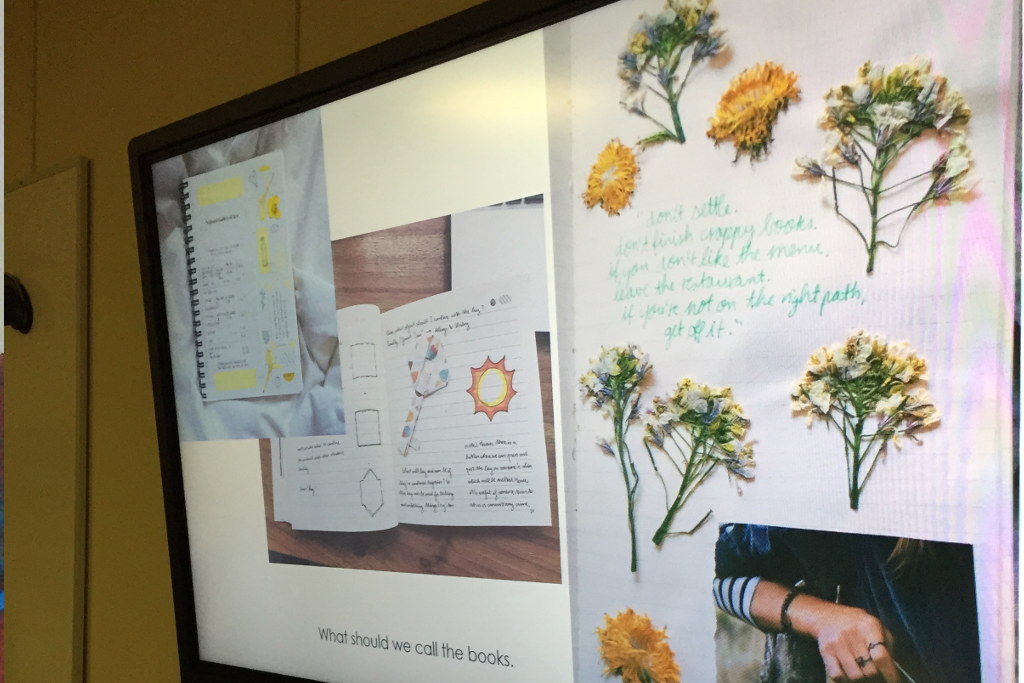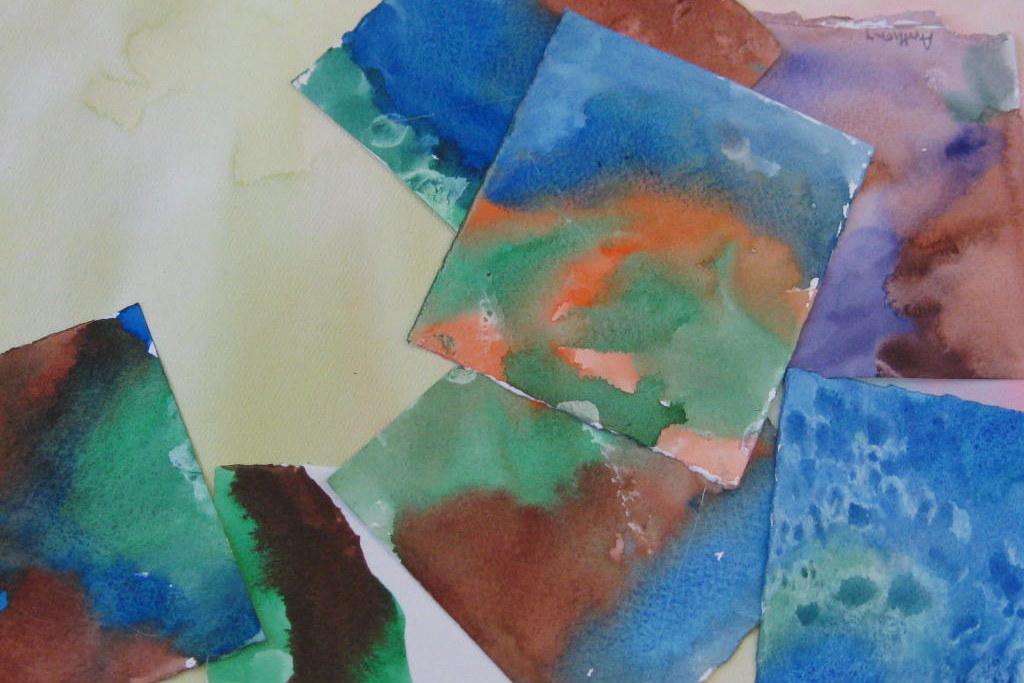
Sketch-Noting for Educators

I am fortunate to regularly have the opportunity to have lively discussions about pedagogical documentation with colleagues and friends who are not only early years educators, but also artists or graphic designers. Their creative methods and thinking have taught me so much about using many perspectives (lenses) with which to view situations, think about them, and find multiple possible meanings and responses. I first saw sketch-noting as a way of observing, recording, and reflecting in early years settings when I attended a workshop by the teachers at Madeley Nursery School in the UK. They had been mentored over the years by artist and creative thinker Debi Keyte-Hartland (http://debikeytehartland.me), and shared their sketch noting with us during this presentation. The work was fascinating, inspiring and practical. I wanted to know more, and so delved into the history and uses of sketch notebooks.

The use of sketch notebooks is not new; philosophers, artists, and scientists have used them for many years, going back as far as DaVinci, Darwin, and Edison! Their rough sketches and scribbled notes kept track of their ideas, questions, and possible paths to take. Rather than works of art, these very rough and messy notes and simple sketches tracked their thoughts in a practical way, on the spot, as they experimented, made mistakes, and tried again. Often, they asked themselves ‘What if?’ and then proceeded to try some new innovation. I could see why this approach would work for educators using emergent, inquiry-based approaches. Often, we are unsure about what to think or how to respond to our observations. It makes sense for us to keep track of our own thinking as we move forward, along with the thinking of the children, and to use rough notes and little sketches to help us with this. And so I began experimenting…

In the course that I was teaching at the time, we began to use sketch noting in practicum placements, as a form of data for our pedagogical documentation. This was a rich and rewarding experience for all of us. Students loved the freedom to use multiple ‘languages’ to express what they were seeing and wondering about. My teaching partner, Annette Comeau (herself a graphic designer who placed high value on this approach), and I, began to provide time in class for students to share the thinking within their sketch notes, and reflect upon how this information could be used in responding to children. As well, I offered this approach to an evening class of mature students, one of whom was a family provider, working alone. She, in particular, found this to be a doable way to track her own thinking and questions as well as the children’s.
Within a sketch notebook, anything goes! Brief jottings, questions that arise for us, lists, sketches, highlighted sections, arrows, connecting lines, and so on. Every notebook of course is organized differently, according to the disposition of the writer. The point isn’t to produce a beautiful or artistic product, but to use this format as a thinking tool. One of the most useful and enlightening aspects is that we can revisit our past thinking time and time again, and learn from doing so. What threads do we see as we look at our own thinking over weeks or months? In the children’s thinking? What patterns emerge? What are we drawn to? What do we avoid? Sketch noting enables us to make our own thinking – as well as the children’s – visible. Have you used sketch-noting? I would love to hear your thoughts!










